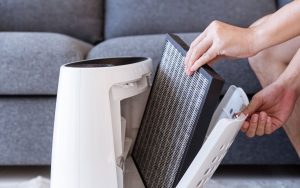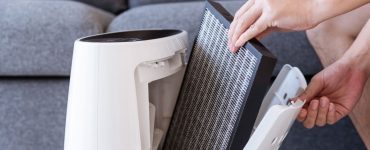Wood Panelling is an excellent way to add character and style to your home. It’s also a great way to save money on your heating bills. Wood Paneling can be used in any room, but it works particularly well as a feature wall or ceiling treatment.
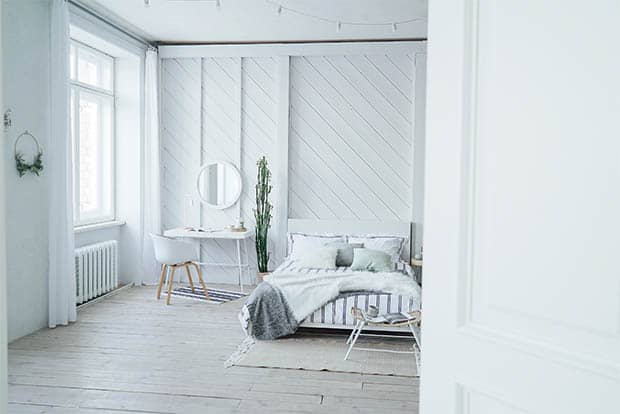
Shiplap
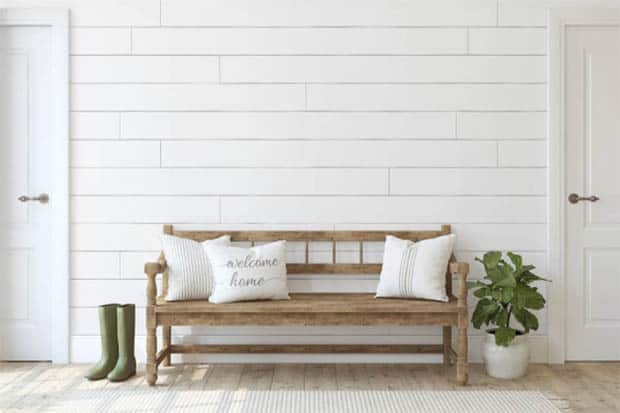
Originally used to waterproof ships, shiplap is a type of wood paneling that has a rabbet cut into the top and bottom edges of each board so that the boards overlap to create a tight seal. Used as siding on houses, shiplap originally served a practical rather than decorative purpose—it was covered with muslin and cloth to hide the gaps between the boards.
Shiplap has become one of the most popular styles of wallcovering among homeowners today—and for good reason! It’s durable, easy to install, and looks great in any room.
Pros and Cons of Shiplap
Pros
- Durable – The panels have been tested at over 300 years old and still look new after all this time.
- Easy to Install – You don’t need special tools to hang them up; just nail through the holes in the backside of the panel.
Cons
- Expensive – Depending on where you live, they may cost more per square foot than other options.
- Hard To Find – You’ll probably have to hire someone else to do the work because there aren’t too many places selling these panels anymore.
Raised Panels
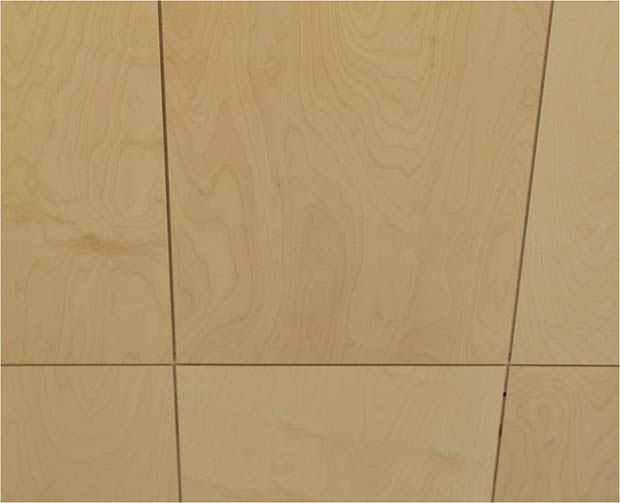
Raised panels are popularly associated with royalty, but they can be used in any kind of home. They generally feature three-dimensional parts: beveled edges, beveled corners, and a decorative element at the top called a cap molding. The six parts that comprise a raised panel include the cap mold, cove mold, top rail, stiles, raised panel, and the bottom rail.
Raised panels can be found in multiple places: kitchens, bathrooms, offices, living rooms, bedrooms, etc. They can be made out of wood, metal, or plastic. They can also be found as part of the decor or furniture.
Pros and Cons of Raised Panels
Pros
- Versatile – These panels come in different sizes, shapes, colors, materials, finishes, and designs.
- Elegant – A raised panel will make any space feel elegant and classy.
- Decorative – If you’re looking for something unique, then a raised panel might be perfect for you.
Cons
- Expensive – Depending on what material you choose, they could be expensive.
Flat Panels
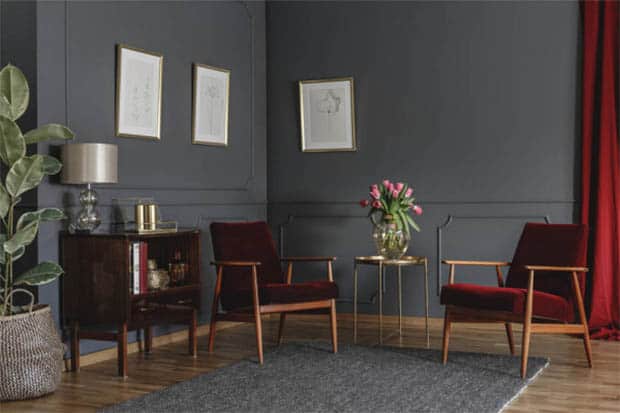
These flat panels have been around for centuries. Originally made from planks of oak, these were often painted white before being installed over walls. Planks were nailed together using wooden pegs driven through holes drilled along their length. These days, plank wall panels come in many different styles including traditional, contemporary, rustic, country chic, modern farmhouse, etc.
One thing remains constant about these panels – the look. They will never go out of style. This makes them ideal as a quick fix for any room in your home. Add new paint colors to the mix and you can change the entire feel of a space in minutes.
Pros and Cons of Flat Panels
Pros
- Quick Fix – With no complicated installation process, it’s easy to add a fresh coat of paint to give an existing room a whole new look.
- Stylish – There are endless ways to customize these panels depending on how much money you want to spend.
Cons
- Not Versatile – Because they only come in one size, you won’t find many variations when shopping online.
Plank Wall
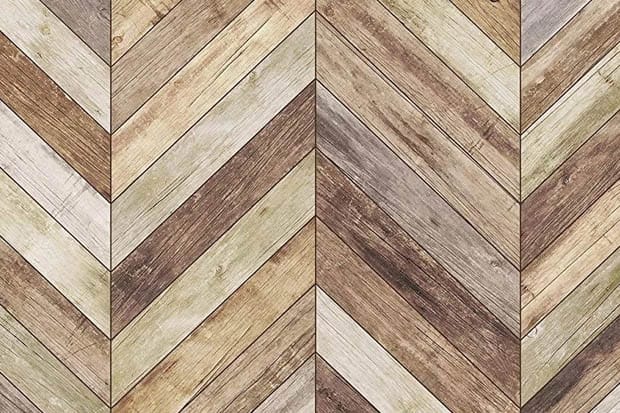
This is one of the oldest forms of wood paneling. Tongues and grooves are created by cutting parallel lines across the width of two pieces of lumber. When the boards are joined, the tongues fit into the corresponding slots. This creates a strong joint because there’s no gap between the boards. Plank wall is commonly found in older homes where it adds warmth and charm.
Pros and Cons of Plank Wall
Pros
- Traditional – It looks great in old houses and other historic buildings.
- Easy Installation – No tools required! Just nail the boards together.
- Cheap – Since this type of panel is easy to install, it costs less than most types of wood paneling.
Cons
- Limited Styles – Unless you buy custom-made ones, you may not get all the options available today.
Tongue and Groove
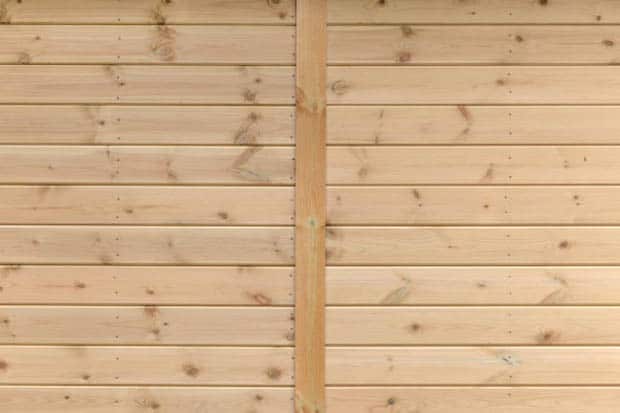
Also known as “T&G”, this form of wood paneling features narrow strips of wood running horizontally down its face. There are usually four horizontal rows of vertical stripes separated by small spaces. Tongue and groove come in various colors and finishes such as stained, oiled, lacquered, varnished, and clear coated.
Tongue-and-groove is one of the most popular styles of wood paneling and it has remained so over time because it provides a simple yet attractive look. It also works well with any type of room decor – modern, contemporary, traditional, classic, rustic, etc. If you want to add some style to your home office area, tongue-and-groove paneling is the way to go.
Pros and Cons of Tongue and Groove
Pros
- Simple Look – The clean design allows people to focus more on what matters – the content inside the room.
- Versatility – You’ll be able to match almost any color or finish that suits your taste.
- Easily Installed – No special skills needed. Simply lay the board against the wall and hammer nails at regular intervals.
Cons
- Expensive – Depending on which brand you choose, prices start at $50 per foot.
Reclaimed Wood
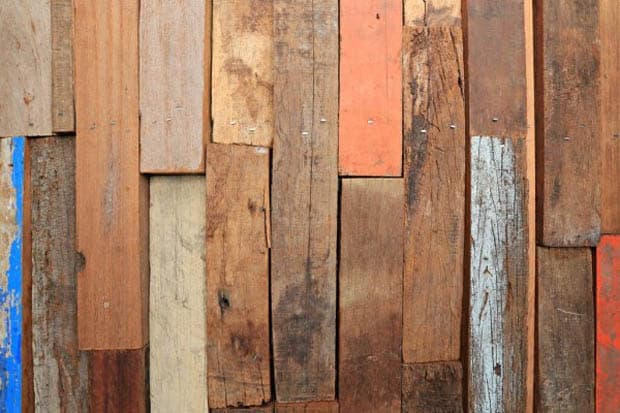
If you want to give your house some old-world charm then reclaimed wood might just do the trick! Reclaimed wood refers to timbers salvaged from buildings that have already been demolished. You may see them used in furniture making, flooring, building materials, architectural elements, interior design projects, outdoor structures, garden designs, landscaping, fencing, decking, stairs, and more.
Reclaimed wood has become increasingly popular over the last few years due to its natural beauty and versatility. It adds warmth and character to any room in your home. You can also find reclaimed wood at a fraction of the price of new lumber. Many people prefer to keep their reclaimed pieces as simple and minimalistic as possible. Others like to incorporate them into their decor with added decorative touches such as hardware, trim, or molding. Whether you’re looking to make a statement, add style, or simply save money, reclaimed wood is the way to go.
Pros and Cons of Reclaimed Wood
Pros
- Natural Beauty – A lot of people love how beautiful reclaimed wood looks.
- Affordable – Prices for reclaimed wood tend to range anywhere from $10-$30/foot depending on quality.
- Variety – With many different kinds of woods, you will never run out of ideas when choosing your next project.
Cons
- Hard To Find – Finding good quality reclaimed wood isn’t always an easy task.
- Not For Everyone – Some people don’t care much about the history behind each
Beadboard

A beadboard is a board or panel that is made of rows of thin strips of wood arranged vertically on the wall. Each strip is slightly wider than the next, giving them grooves or beads. The vertical strips are capped off at the top and bottom by strips of molding.
The beadboard was invented in the early 1900s. It was used as a cheap way to make walls look more expensive. Beadboard has since fallen out of favor. However, the popularity of Pinterest has brought it back into fashion. Today, beaded walls are considered to be “vintage chic”. They are often seen in kitchens, bathrooms, and bedrooms.
Pros and Cons of Beadboard
Pros
- Easy Installation – This type of paneling requires no tools or skill. Just nail down the boards along the edges.
- Cheap – Be sure to buy high-quality panels so they won’t warp or crack after installation.
- Limited Style Options – There aren’t too many ways to customize this kind of paneling.
Cons
- Can Look Cheap – If you use low-grade material, your finished product could end up looking cheap and old-fashioned
- No Room for Artwork – Since there’s not much space between the individual strips, artwork tends to get lost in the middle.


